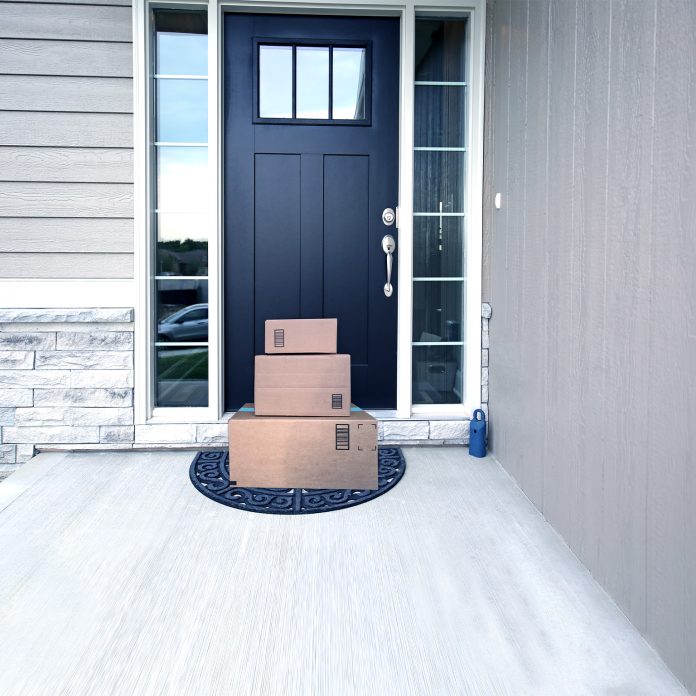Analyzing E-commerce Delivery Preferences: A Strategic Perspective
In the rapidly evolving world of e-commerce, understanding consumer preferences and adapting delivery strategies accordingly is crucial for businesses to stay competitive. As the landscape for e-commerce deliveries continues to shift, it is imperative for shippers and logistics providers to listen to the voices of consumers and align their strategies with evolving trends.
E-commerce Growth and Delivery Landscape
While e-commerce sales in the United States have experienced significant growth in recent years, the pace of expansion is expected to normalize to a more sustainable rate of around 6 percent annually. This shift in growth trajectory presents an opportunity for shippers and providers to reassess their delivery strategies and cater to changing consumer demands.
Consumer Preferences in E-commerce Delivery
Recent surveys have revealed key trends in consumer preferences when it comes to e-commerce deliveries:
- Less prioritization of speed: Consumers are willing to wait longer for deliveries, especially if it means avoiding high shipping costs.
- More sensitivity to costs: High shipping costs can lead to abandoned shopping carts, highlighting the importance of cost-effective delivery options.
- Emphasis on reliability: Consumers value on-time delivery and are willing to trade off speed for assurance that packages will arrive as promised.
- Demand for optionality: Flexible delivery options and return policies are key considerations for consumers.
- Interest in sustainability: A growing number of consumers are willing to pay extra for environmentally sustainable shipping options.
Adapting to Consumer Preferences
As consumer preferences evolve, shippers and logistics providers can take strategic actions to align with these changing trends:
Find creative solutions for shipping costs
Designing innovative fulfillment options, such as subscription programs or shopping credits, can help offset rising parcel delivery rates while offering consumers cost-effective shipping choices.
Offer consumers choice and control
Providing a variety of delivery options and flexible return policies can enhance the overall shopping experience for consumers and boost satisfaction levels.
Operationalize reliability
Ensuring on-time delivery and leveraging technology for real-time tracking can build consumer trust and loyalty, even if it means slightly longer delivery times.
Continue sustainability investments
Investing in eco-friendly delivery practices, such as electric vehicles and recyclable packaging, can appeal to environmentally conscious consumers and drive long-term sustainability.
Market Trends and Organizational Impact
With the e-commerce landscape shifting towards a more balanced growth trajectory, companies that prioritize consumer preferences and adapt their delivery strategies accordingly are poised for success. By focusing on flexibility, reliability, and sustainability, businesses can create win-win scenarios that resonate with target customers.
FAQ
Q: How have consumer preferences in e-commerce delivery evolved in recent years?
A: Consumer priorities have shifted towards cost-effective, reliable, and sustainable delivery options, with less emphasis on speed and more focus on flexibility and choice.
Q: What are some key recommendations for shippers and logistics providers to align with consumer preferences?
A: Shippers can explore creative shipping cost solutions, offer diverse delivery options, prioritize reliability, and invest in sustainability to meet evolving consumer demands.
Conclusion
As the e-commerce landscape continues to evolve, understanding and adapting to consumer preferences in delivery is essential for businesses to thrive in a competitive market. By aligning with trends such as cost sensitivity, reliability, and sustainability, shippers and logistics providers can create a strategic advantage and drive customer satisfaction in the digital age.


